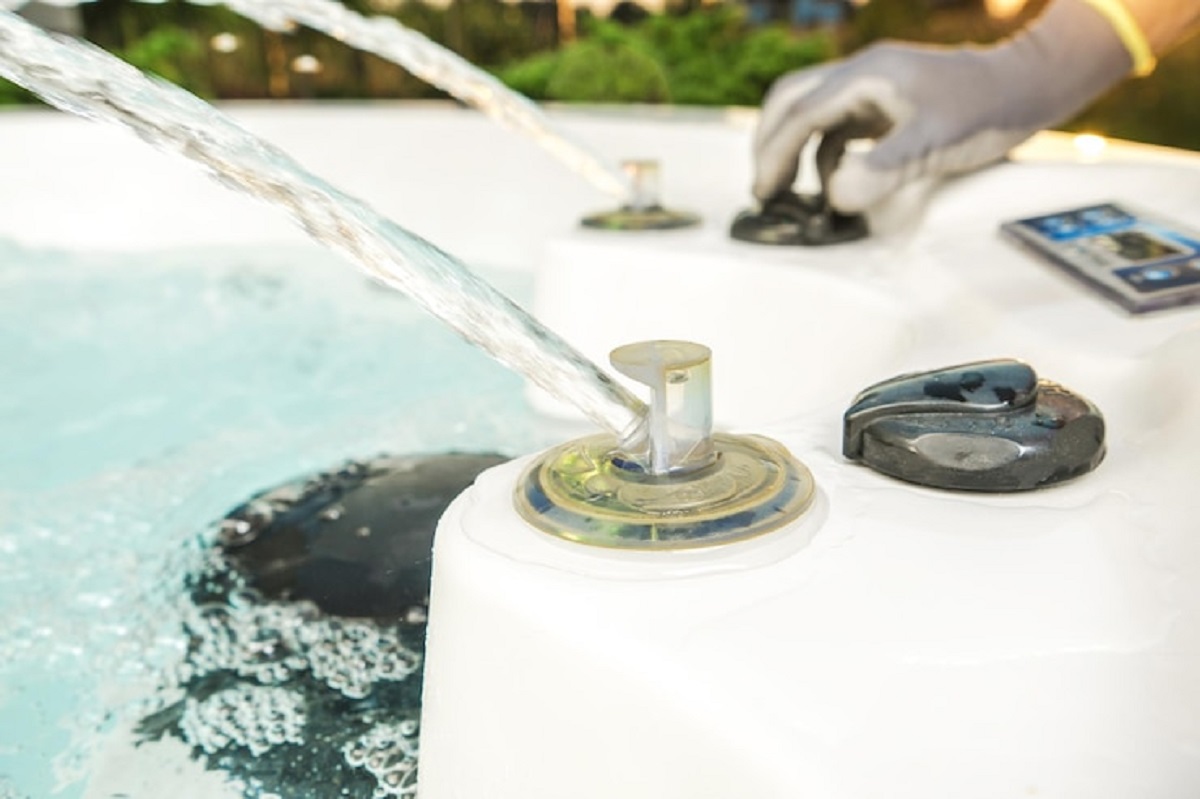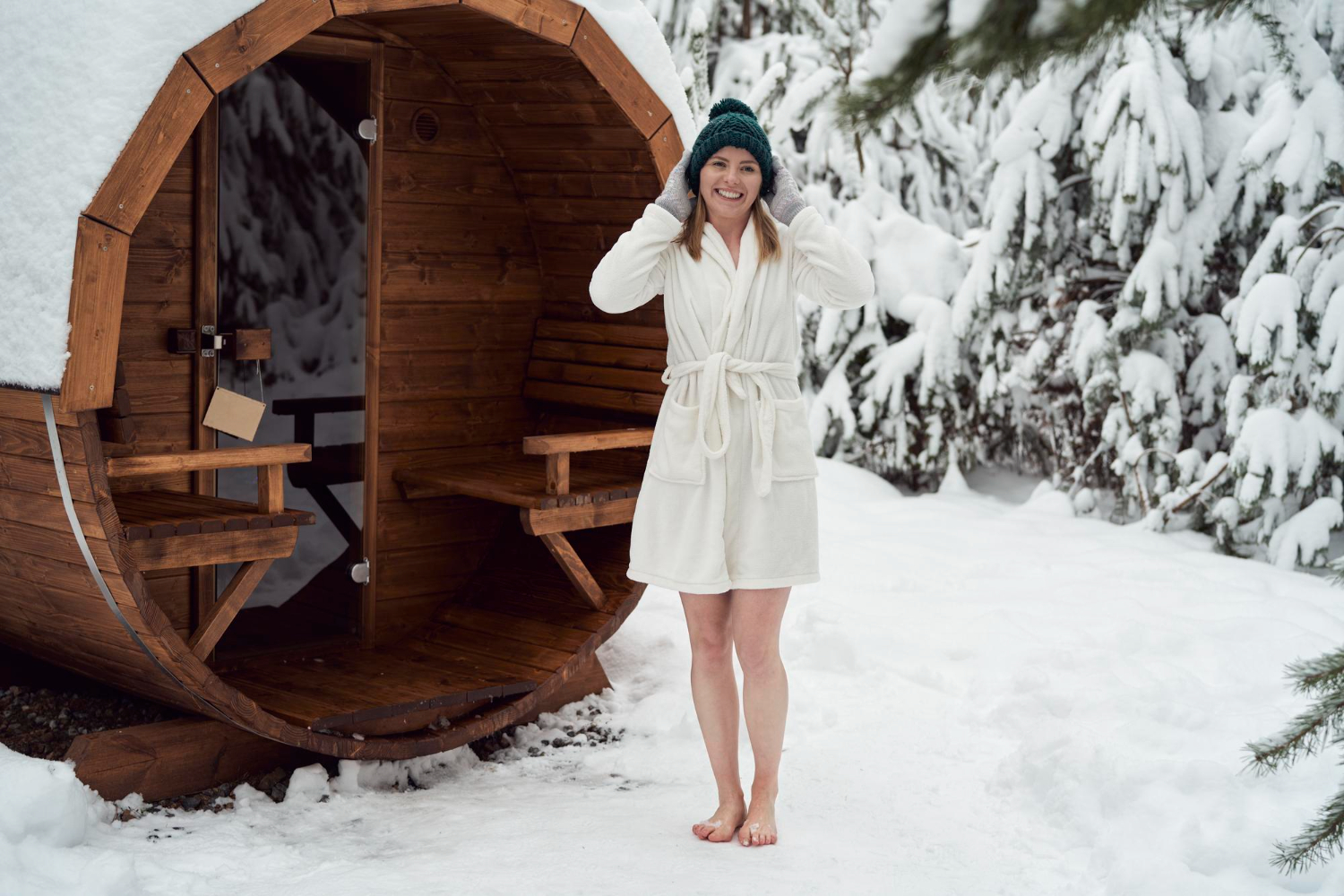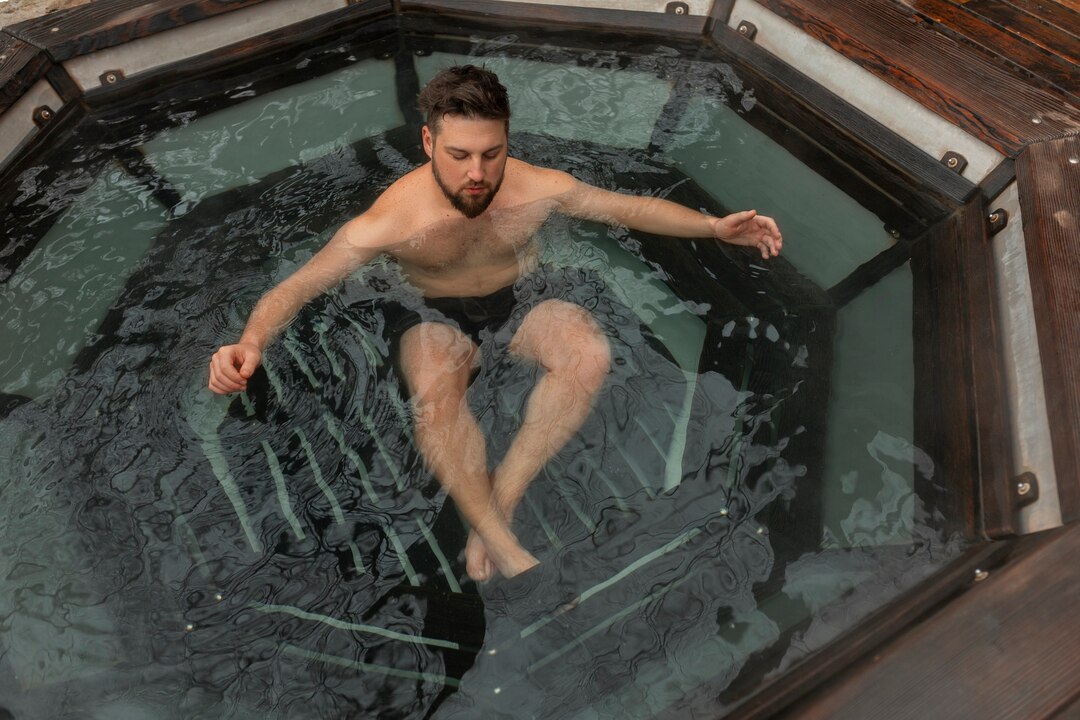A hot tub is one of the best ways to relax, unwind, and create lasting memories at home. But to protect that investment, a quality cover is essential. The right hot tub cover not only keeps the water clean and warm, it also saves energy, reduces maintenance costs, and extends the life of the tub itself.
With so many options available, figuring out what type of cover is best can feel overwhelming. Taking a closer look at the different features and materials will help you make a confident, informed choice.
Why a Good Hot Tub Cover Matters
The purpose of a hot tub cover goes far beyond keeping leaves and debris out. A properly fitting, insulated cover plays a major role in energy efficiency. It prevents heat loss, meaning your hot tub’s heater doesn’t have to work as hard to maintain temperature. In colder climates like Canada, this can translate to significant energy savings over the winter months.
A strong cover also protects against weather damage, from heavy snow loads to high winds, and keeps children and pets safe by acting as a barrier when the tub is not in use.
Key Features to Look For in a Hot Tub Cover
Not all hot tub covers are created equal. When choosing the right one, it’s important to look at insulation quality, weight, durability, fit, and safety features. A good cover should offer thick, high-density foam insulation to lock in heat. It should be sturdy enough to withstand snow accumulation without sagging.
It should have reinforced seams to prevent moisture from seeping in, and it must fit your specific hot tub model securely. If the cover is too loose, it won’t insulate properly or stay in place during storms.
Material Matters: Vinyl, Marine-Grade, and Beyond
Most hot tub covers are made with a vinyl outer layer because it’s strong, water-resistant, and fairly lightweight. Higher-end covers often use marine-grade vinyl, which offers even better resistance to UV rays, mold, and mildew. In Calgary’s colder, harsher climates, having a cover material that resists cracking and fading is especially important.
Look for a cover with a UV-protective coating if your hot tub is exposed to a lot of direct sunlight. For those living in snowy regions, a thicker, weatherproof material helps protect against freeze-and-thaw cycles that can weaken standard covers over time.
The Importance of Insulation Thickness
One of the biggest differences between hot tub covers is the thickness of the insulation. Insulation thickness is usually measured in inches, with common options ranging from 3 to 5 inches thick at the center. A cover that tapers from a thick center to thinner edges allows water to run off more easily, which helps prevent sagging.
In warmer climates, a thinner cover may be sufficient, but in colder regions, a thicker insulated cover is crucial. In areas where temperatures regularly fall below freezing, a 5-inch thick, high-density foam core is highly recommended to minimize heat loss and keep energy bills manageable.
Considering Foam Density and Vapor Barriers
The density of the foam core also affects performance. Higher-density foam provides better insulation and is more resistant to water absorption. Over time, cheaper covers with lower density foam can become heavy and waterlogged, making them harder to lift and less effective at keeping heat inside.
To prevent this, many quality covers feature a vapor barrier, a protective layer that wraps around the foam core to keep moisture out. A thicker vapor barrier adds to the lifespan of the cover and ensures it remains lightweight and easy to handle even after years of use.
Safety Features Are a Must
Beyond energy efficiency and protection, a hot tub cover is a vital safety feature. In Canada, many municipalities require hot tubs to be covered securely when not in use to prevent accidental drownings, especially if children are present. A good hot tub cover should have locking straps or fasteners that can be secured tightly around the edges.
These not only help hold the cover in place during windy days but also prevent unauthorized access to the hot tub. Some covers come with keyed locks for an extra layer of safety, giving peace of mind to families with young children or curious pets.
Shape and Fit: Why Customization Matters
Even the best materials and insulation can’t do much if the cover doesn’t fit properly. A cover should match your hot tub’s shape and dimensions exactly, whether you have a square, rectangular, or rounded model. Gaps between the cover and the tub allow heat to escape and let debris in, defeating the purpose of the cover in the first place.
If your hot tub has extra features like waterfalls, raised speakers, or unusual contours, a customized cover is usually the best option. Taking precise measurements ensures a snug fit that maximizes energy savings and protection.
Cover Lifters Make a Big Difference
Handling a hot tub cover can be awkward, especially when it’s large and insulated. Adding a cover lifter to your setup can make removing and replacing the cover much easier. A cover lifter is a mechanical arm or frame that attaches to the hot tub and allows you to slide the cover on and off without heavy lifting.
This not only protects the cover from damage but also encourages more regular use of your hot tub, since taking the cover off becomes quick and effortless.
When to Replace Your Hot Tub Cover
Even the best hot tub covers don’t last forever. On average, a good cover will last about five to seven years with proper care. Signs that it’s time for a replacement include sagging, cracking, fading, water absorption, or an inability to retain heat.
If you notice your energy bills creeping higher or the water temperature dropping faster than usual, it could be a sign that your cover isn’t doing its job anymore. Regularly inspecting your cover for wear and tear and keeping it clean can extend its lifespan significantly.
Making the Right Choice
Choosing the best hot tub cover comes down to understanding your climate, your tub’s specific needs, and your personal preferences. If you live in a cold region, prioritize thicker insulation, high-density foam, and a strong vapor barrier.
Make sure the fit is perfect to maximize energy savings and protect your hot tub investment. Think about ease of use as well—adding a cover lifter or choosing a lightweight design can make daily maintenance simpler and more enjoyable.
A quality cover is more than just an accessory. It’s a critical part of maintaining your hot tub, keeping your water clean, your energy use low, and your experience safe and relaxing all year round.
If you’re thinking about upgrading your backyard with a new hot tub, now is the perfect time. Explore a wide range of premium hot tubs and accessories at Backyard Canada and find the perfect fit for your home. Create your ultimate relaxation space and enjoy the comfort of your own private retreat year-round.

 Cart is empty
Cart is empty 

